
What dog breeds don't play fetch?
Some dog lovers assume every pup lights up at the sight of a tennis ball sailing through the air, but that’s far from the truth.
It’s common to notice a shift in your dog’s routine as the years pass—maybe they’re less eager to chase the ball for hours or take longer naps after a short walk. One of the most obvious changes many owners spot is how much time their furry friend spends dozing off. The short answer? Yes, older dogs typically sleep more than their younger counterparts, but this shift isn’t just about “slowing down”—it’s tied to their changing bodies and needs.
As dogs age, their energy levels naturally decrease. A puppy might bounce around for hours, but a senior dog (usually 7 years and older, depending on breed) may tire after a quick stroll around the block. This lower energy means they need more rest to recharge, so you’ll likely find them curled up on the couch or their bed more often. It’s not just quantity, either—older dogs may also sleep more deeply, or take more frequent short naps throughout the day instead of one long stretch at night.
But while more sleep is normal, it’s important to keep an eye on how your senior dog sleeps. If they’re sleeping excessively—missing meals, ignoring their favorite toys, or seeming disoriented when awake—it could be a sign of underlying health issues, like arthritis, thyroid problems, or even cognitive decline. In many parts of Europe and North America, regular vet checkups for senior dogs are encouraged, and some local pet care regulations even recommend annual wellness exams to catch these issues early. Staying on top of these checkups isn’t just good for your dog’s health; it also helps you stay compliant with any regional rules about pet care and welfare.
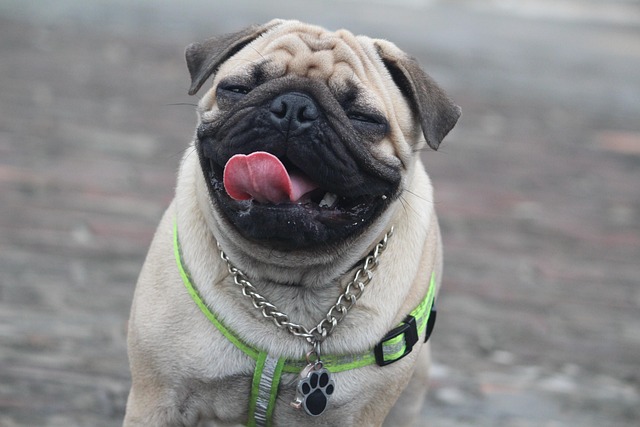
Another factor to consider is your home environment. Older dogs may have trouble getting comfortable due to joint pain, so providing a supportive bed—maybe with memory foam—or keeping their sleeping area warm and quiet can help them sleep better. This small adjustment aligns with the common practice in many Western households of prioritizing pet comfort, as dogs are often seen as part of the family. It’s also worth noting that some areas have laws about providing adequate shelter and resting spaces for pets, even indoor ones, so making sure your dog has a safe, cozy spot to sleep isn’t just kind—it’s sometimes a legal requirement.
It’s also helpful to adjust your routine to match your senior dog’s sleep needs. Instead of long, intense walks, opt for shorter, more frequent outings to keep them active without tiring them out. This not only supports their physical health but also helps maintain a consistent sleep schedule, which is key for senior dogs struggling with age-related sleep disruptions.
Seeing your dog sleep more as they age is a natural part of their journey. It’s a sign they’ve lived a happy, active life and now get to enjoy the quieter moments. But by staying aware of their sleep patterns, keeping up with vet visits to comply with local regulations, and making small changes to their environment, you can help ensure those extra naps are a sign of comfort—not concern. Your senior dog gave you years of joy and energy; now it’s your turn to give them the rest and care they deserve.

Some dog lovers assume every pup lights up at the sight of a tennis ball sailing through the air, but that’s far from the truth.
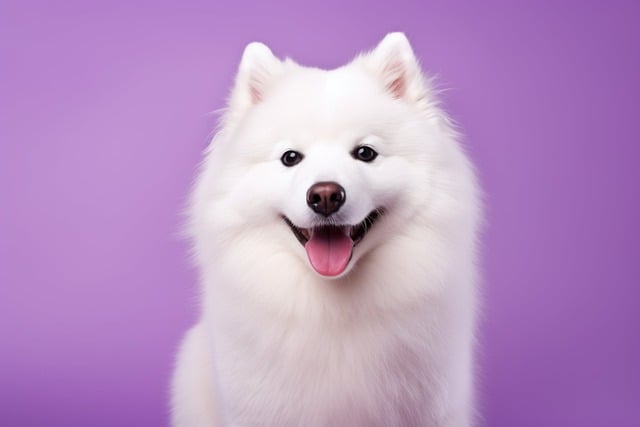
When your dog starts slowing down—taking shorter walks, napping more, or turning up their nose at their usual bowl—it may be time to consider switching from regular dog food to a senior formula.
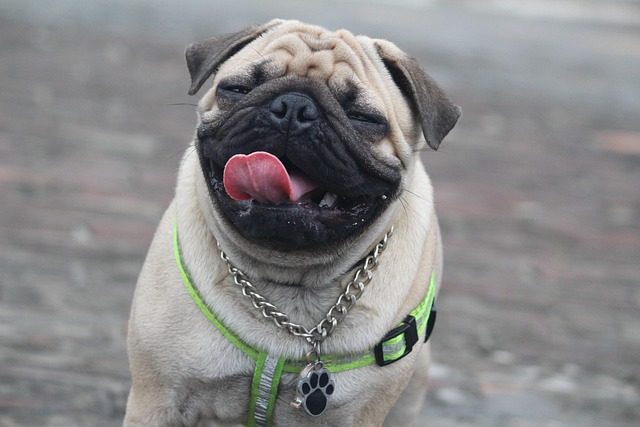
It’s common to notice a shift in your dog’s routine as the years pass—maybe they’re less eager to chase the ball for hours or take longer naps after a short walk.
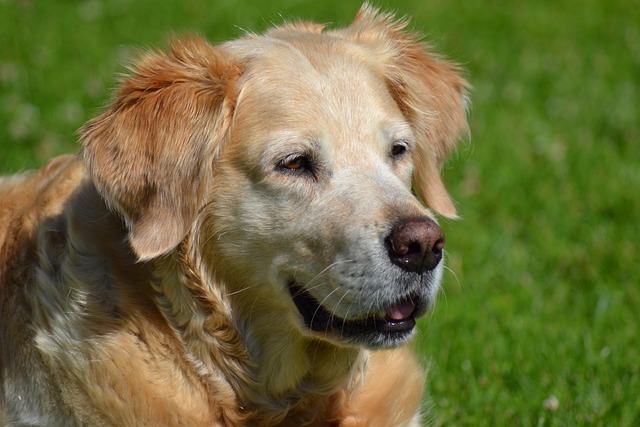
If you’ve noticed your pup struggling to climb the stairs or avoiding playtime they once loved, excess weight might be the culprit. More than half of U.S.

Finding a tick on your pup after a trip to the park or spotting flea dirt in their bed can ruin your day—and put your dog’s health at risk.
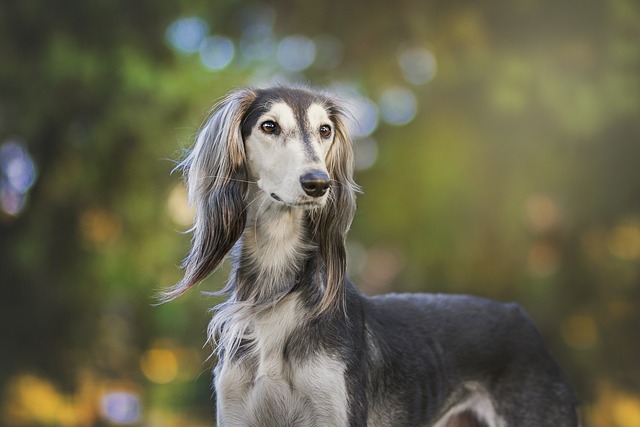
Anyone who’s shared years with a dog knows their personality feels like a fingerprint—playful, stubborn, or snuggly in ways that make them one of a kind.